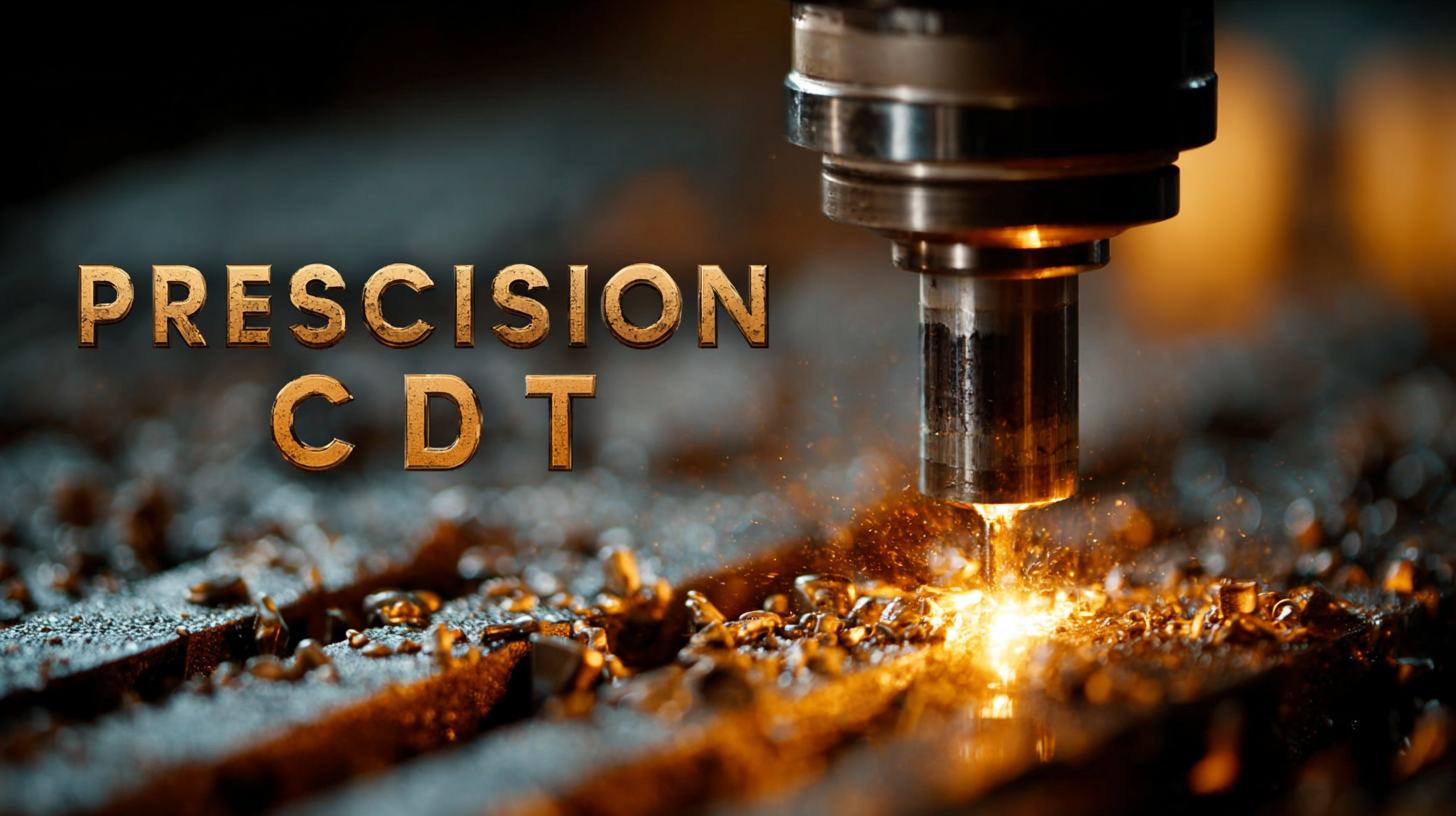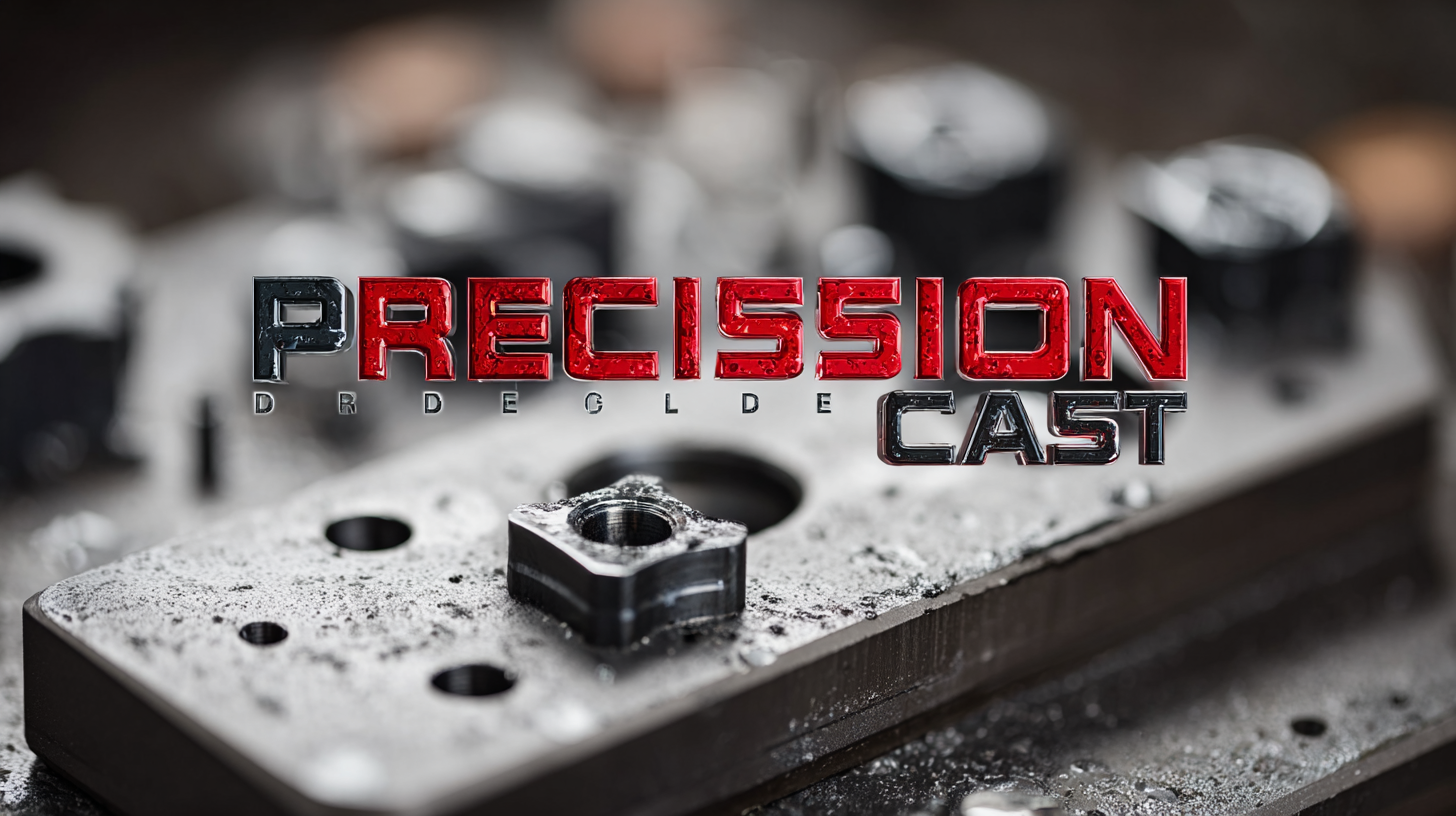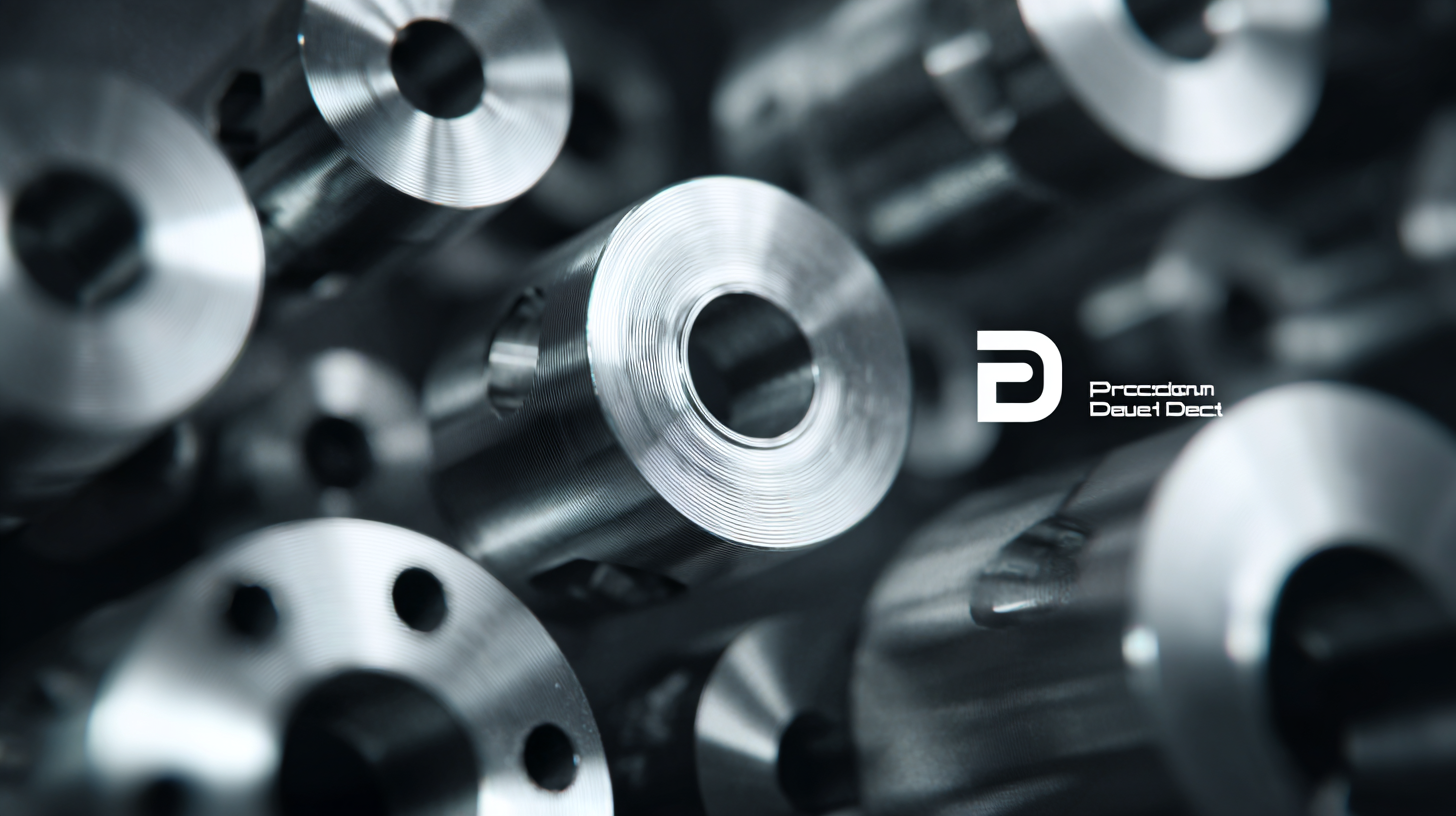

In the ever-evolving landscape of manufacturing, "Precision Die Cast" stands out as a transformative technology that is reshaping the industry. According to a recent report by MarketsandMarkets, the global die casting market is projected to reach USD 24.89 billion by 2026, growing at a CAGR of 5.8% from 2021 to 2026. This growth is fueled by the increasing demand for lightweight and durable components across various sectors, including automotive and aerospace.

Furthermore, advancements in precision die casting techniques, such as the use of advanced alloys and automation, are enhancing both the efficiency and quality of production. As businesses seek to meet stringent performance standards and reduce manufacturing costs, understanding the best examples of precision die casting becomes crucial. This blog will explore exceptional cases that highlight the significant impact of precision die casting on modern manufacturing processes, showcasing its potential to drive innovation and competitiveness in the market.
The evolution of precision die casting has been significantly influenced by technological advancements and shifting market demands. Recent industry reports indicate that the global die casting market is projected to reach approximately $9.8 billion by 2025, growing at a CAGR of around 5.6% from 2020. Key innovations driving this growth include the adoption of advanced materials such as aluminum and magnesium alloys, which offer improved strength-to-weight ratios and corrosion resistance. This shift not only enhances product performance but also aligns with the automotive industry's push for lighter vehicles to improve fuel efficiency.
Furthermore, automation and smart manufacturing techniques are revolutionizing precision die casting processes. The integration of IoT and AI technologies into production lines allows for real-time monitoring and predictive maintenance, resulting in reduced downtime and operational costs. According to a report by ResearchAndMarkets, the use of automation in die casting is expected to increase by over 20% during the next few years. These trends underscore the industry's commitment to enhancing production efficiency and sustainability, catering to the increasing demand for high-quality components in sectors ranging from aerospace to consumer electronics.
| Application Area | Material Used | Thickness (mm) | Production Volume (units/year) | Key Innovations |
|---|---|---|---|---|
| Automotive Components | Aluminum Alloy | 2.5 | 250,000 | High-pressure die casting |
| Electronics Housings | Zinc Alloy | 1.2 | 500,000 | Thin-wall casting technology |
| Industrial Machinery | Magnesium Alloy | 3.0 | 100,000 | Integrated cooling channels |
| Aerospace Parts | Titanium Alloy | 4.0 | 50,000 | Advanced alloy formulations |
 Precision die casting is revolutionizing various manufacturing sectors, bringing
efficiency and quality to the forefront of production processes.
Industries such as automotive, aerospace, and electronics are experiencing significant advantages from these advanced technologies.
In the automotive sector, for instance, precision die casting enables the creation of complex components with high dimensional accuracy, resulting in lighter and more fuel-efficient vehicles.
Similarly, the aerospace industry benefits from the ability to produce durable parts that can withstand extreme conditions, thereby enhancing safety and performance.
Precision die casting is revolutionizing various manufacturing sectors, bringing
efficiency and quality to the forefront of production processes.
Industries such as automotive, aerospace, and electronics are experiencing significant advantages from these advanced technologies.
In the automotive sector, for instance, precision die casting enables the creation of complex components with high dimensional accuracy, resulting in lighter and more fuel-efficient vehicles.
Similarly, the aerospace industry benefits from the ability to produce durable parts that can withstand extreme conditions, thereby enhancing safety and performance.
Tips: When exploring precision die cast technologies, it is essential to consider the material selection. Choosing the right alloy can improve product durability and performance, especially in high-stress applications. Additionally, integrating computer-aided design (CAD) software can optimize the design process, reducing production errors and leading to faster turnaround times.
The electronics sector is also reaping the rewards of precision die casting, as it allows for the production of intricate housings and components that meet stringent quality standards. This technology enables manufacturers to achieve tighter tolerances and smoother surface finishes, ultimately enhancing product reliability.
Tips: Regularly updating casting techniques and equipment can significantly impact productivity. Staying informed about the latest advancements can help businesses remain competitive in an ever-evolving market.
Die casting has emerged as a frontrunner in manufacturing processes, particularly in producing complex shapes with high dimensional accuracy. In a comparative analysis of die casting versus other methods like injection molding and sand casting, die casting boasts a production tolerance of +/- 0.2 mm, significantly tighter than the +/- 0.5 mm typically seen in injection molding. This precision is vital in industries such as automotive and aerospace, where component failure can result in catastrophic consequences. According to a recent report by Grand View Research, the global die casting market was valued at approximately $70 billion in 2020 and is projected to grow at a CAGR of 8.8% through 2028, underscoring its importance in the high-performance manufacturing sector.
Moreover, die casting materials like aluminum and zinc allow for lightweight components, essential for modern engineering designs that prioritize efficiency and sustainability. The versatility of die casting is further highlighted when compared to sand casting, which typically requires costly finishing processes due to its rough surface texture. A study from the American Foundry Society revealed that die casting can yield up to 50% in material savings compared to traditional methods, a key factor driving manufacturers towards this innovative approach. As the industry evolves, die casting continues to redefine production capabilities, melding quality with efficiency to meet the demands of advanced manufacturing landscapes.

Precision die casting has emerged as a game-changer in the manufacturing sector, significantly influencing both efficiency and economic outcomes. This innovative technique allows for the production of intricate shapes with exceptional accuracy, reducing waste and saving costs for manufacturers. As industries move toward automation and advanced manufacturing practices, the economic impact of precision die casting becomes increasingly evident. It enables companies to meet high demand without compromising on quality, thereby improving their competitive edge.
When considering incorporating precision die casting into your manufacturing process, it's crucial to evaluate your specific needs and product designs. Tip 1: Work with experienced die casting engineers who understand the intricacies of the process to optimize design for manufacturability. This will not only streamline production but also enhance the overall quality of the final products.
Furthermore, investing in high-quality materials can greatly affect the outcome of your precision die casting projects. Tip 2: Conduct thorough research on material options that suit your product's requirements, ensuring durability and performance. The right material choice can yield significant cost savings over the lifespan of the product, thereby further enriching the economic benefits associated with precision die casting.
Precision die casting has revolutionized the manufacturing sector, driving efficiency and productivity across a variety of industries. A study from Grand View Research highlights that the precision die casting market is projected to surpass $34 billion by 2025, signifying a robust demand for high-quality cast components. Leading companies like BMW and General Motors have successfully implemented precision die casting techniques, resulting in significant cost savings and improved product quality. For instance, BMW's use of high-pressure die casting in their vehicle production has enhanced structural integrity while simultaneously reducing weight, contributing to better fuel efficiency and performance.
Another notable example can be observed in the aerospace industry, where precision die casting is redefining manufacturing standards. Boeing has utilized precision die-cast aluminum components in its Dreamliner series, which not only streamlines the production process but also meets stringent safety and performance specifications. According to a report by Technavio, the aerospace die casting market is expected to grow at a CAGR of over 5% through the next five years, driven by the increasing demand for lightweight, durable components. These case studies illustrate how the adoption of precision die casting is not just a trend but a substantial shift towards more sustainable and efficient manufacturing practices across various sectors.
This chart illustrates the impact of precision die casting on various aspects of manufacturing efficiency, showcasing significant improvements in cost reduction, lead time, product quality, and material utilization.
